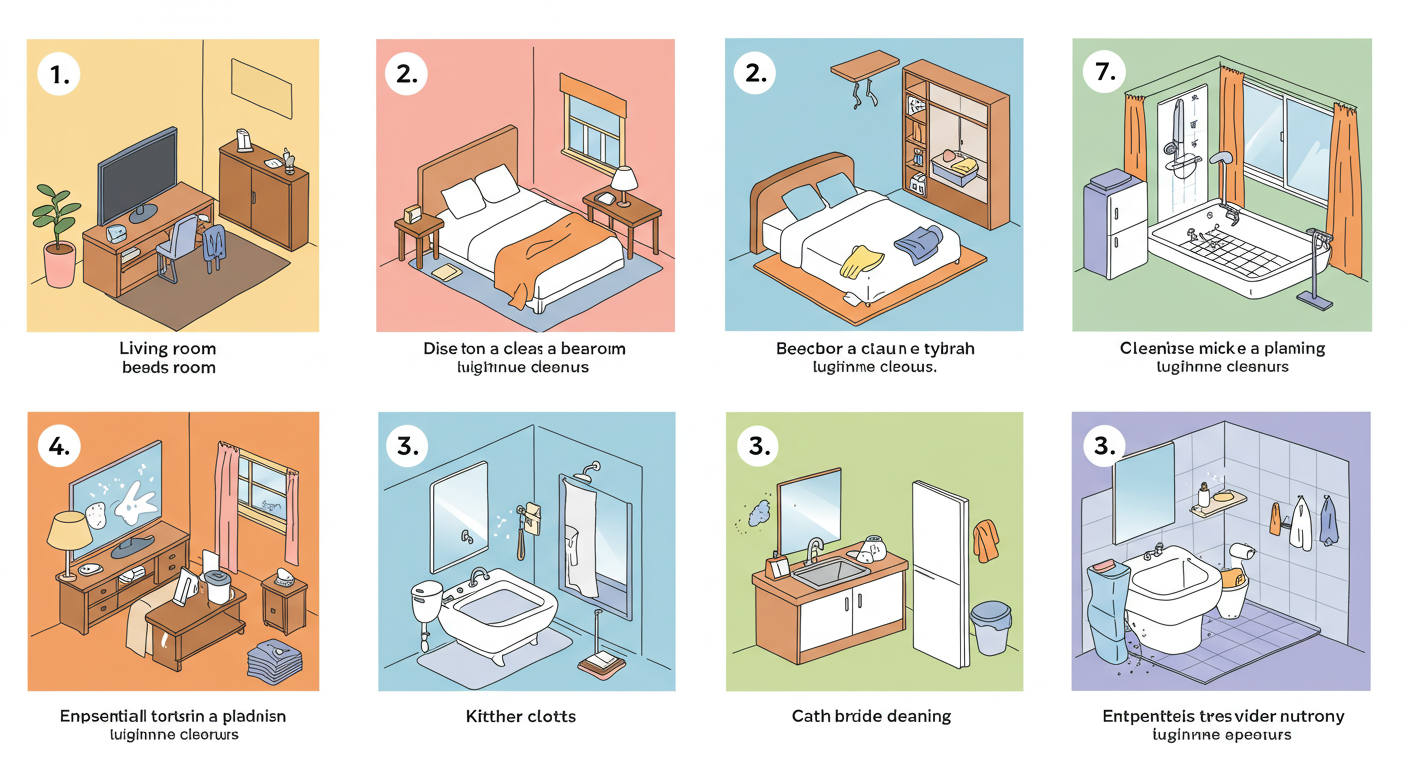Fresh sod is like buying a finished painting and just hanging it on your wall. No smudges, no waiting for the paint to dry, no wondering if the colors will even look right. One day the ground is dirt, and the next it’s like someone rolled out a giant green carpet. Some folks swear it feels like cheating, but when you’re staring at bare soil for months, who really cares. The lawn is there, right away, and the neighbors start peeking over fences with that look of jealousy they won’t admit.
But sod is more like an instant coffee packet than a slow brew. It looks ready, but it’s thirsty and needy underneath. You water it, then water it again, and if you skip a few days in a blazing Texas July, brown spots start tattling on you. The roots aren’t really your roots yet – they’re still adjusting, trying to figure out the new soil. It’s a transplant operation, and sometimes, it rejects the host. That’s the trade: fast beauty, fragile foundation.
The cost bites too. You’re paying for someone else to grow the grass properly, chop it into neat slabs, truck it over, and roll it onto your dirt like pastry dough. Seeding feels cheap compared to this. Sod is that “I don’t have time for patience” choice, but your wallet will remember.
The Long Road with Seeding
Seeding is like raising a child compared to adopting a teenager. You start with almost nothing—tiny shells that look hopeless, scatter them on the ground, scratch a little soil over them, then sit back praying rain shows up on schedule. For a while, it looks like you wasted money. Dirt with specks. But when the first shoots pop, it feels like a small miracle. You made life happen out of nowhere. That pride doesn’t really exist with sod.
Still, seed asks for discipline. It wants you to baby it—watering in fine mists, keeping feet off it, watching birds swoop down to steal your investment. Weeks drag by before it looks like something resembling a yard. Even then, it’s patchy, uneven, thin in the shady corners, thicker near the downspout. You’ll reseed, overseed, seed again. It’s a grind, no shortcut.
Yet once it matures, the roots grip the soil like they were born there. It’s sturdier, more resilient, almost custom-grown to your soil. Seeding feels more honest, like the lawn belongs to the land, not dropped in from a sod farm miles away. If you can stand the ugly-duckling stage, the payoff down the road is deeper than what sod usually gives.
Which One Actually Gets Greener Faster?
Sod wins the instant contest. No question. You can go from barren clay to picnic-ready in a single day. Grass so green it almost looks artificial, like something from a golf course postcard. The speed is intoxicating, especially if you’ve got an event coming up—wedding, house sale, graduation party. But that quick flash of green isn’t always stable. Fast doesn’t equal permanent, and sod sometimes fades if roots don’t knit into the soil quick enough.
Seed, on the other hand, is a slow burn. It won’t win any races in the first few months. But lawns are a marathon game, not a sprint. By the time sod lawns are fighting disease, patching, or gulping expensive irrigation, seeded lawns (if cared for properly) have often caught up and sometimes passed them. Greener in the short term? Sod. Greener in the deeper sense—like grass that actually belongs there? Seed often holds the crown.
So the answer’s a bit like asking whether you want instant noodles or a stew that simmered for hours. Both fill the stomach. One fills it now, one fills it better later. And sometimes, depending on your patience or bank account, that’s the whole story.


